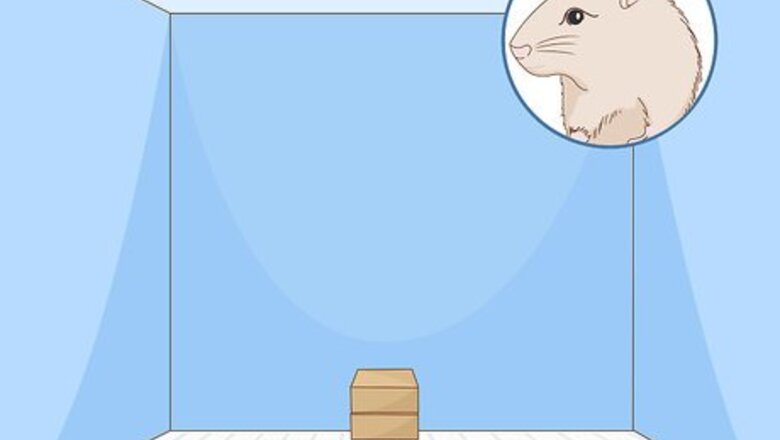
views
Getting Ready
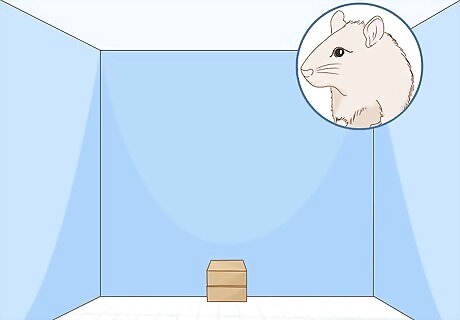
Make sure that the room is hamster safe before building the maze. There should be no other animals inside the room, as they could stress the hamster. Cover any possible hiding spots in the room in case the hamster gets out of the maze. Hamster hiding spots include boxes and under furniture.
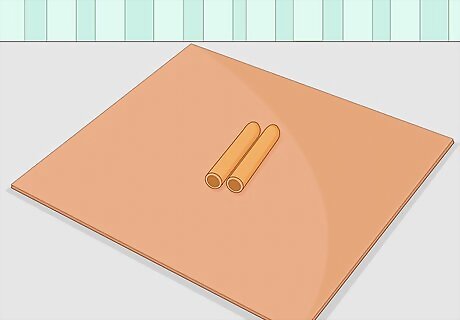
Choose your materials. Because hamsters like to chew through everything, it is important that you make your maze out of materials that are safe for hamsters. Because of this, it is best to avoid plastic. Here are two popular options: Cardboard can be sourced from boxes, presentation boards, and even toilet paper rolls. It may not be very durable, but it will be the cheapest option. Make sure that it is thick and strong, or the hamster will chew holes into the walls and run away. Wood is sturdier than cardboard, but also more expensive. When buying wood, make sure that it is a hardwood, such as birch, oak, or walnut. Avoid resinous woods such as pine or cedar, which are toxic for hamsters. Also, make sure that the wood is smooth and free of any cracks or coarse grains that could seriously injure your hamster. You can use wooden boards or blocks.
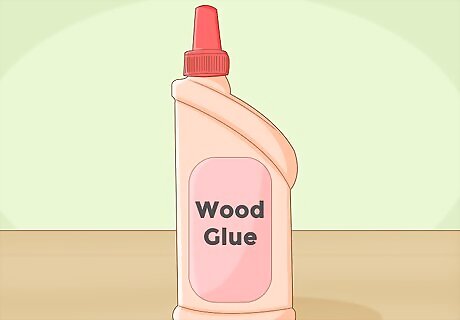
Use the right glue. Hot glue would be the most suitable for cardboard while wood glue would be the best for wood. Whatever glue you buy, make sure that it is non toxic, in case the hamster chews on it. You do not want to use nails or screws, even if you are making your maze out of wood; the sharp metal can hurt your pet.
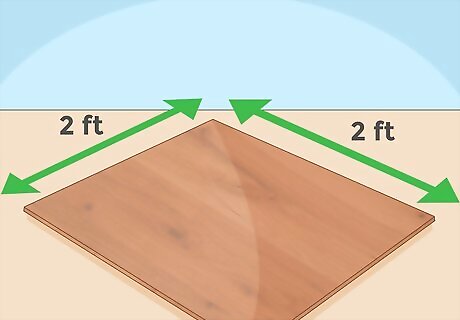
Choose your base. Look for a wooden board or a sheet of wood that is about 2 feet by 2 feet. This will be the base for your maze. Consider covering the maze with a sheet of plastic. This will make it easier to clean things up if the hamster makes a mess. Be sure to glue or tape the edges of the plastic sheet down so it doesn't slide off.
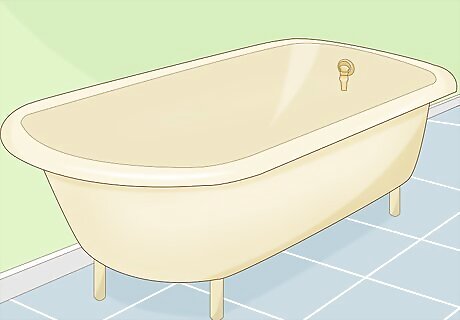
Consider getting a large tub to put the maze in once it's built. This will keep the hamster from running away in case it escapes the maze. You can also put the maze into a bathtub or a hamster playpen. If you are using a bathtub, however, make sure that the drain is plugged up and that the bottom of the tub is covered with a cloth or towel.
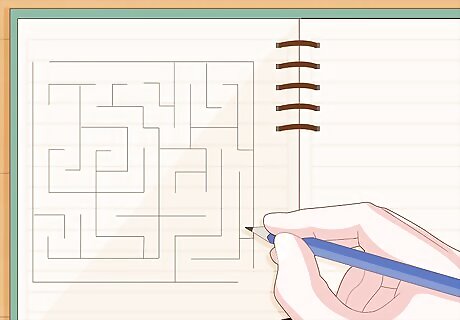
Design the layout of your maze. You can either come up with your own on a sheet of paper, or you can use an existing one. Two great places to find ideas for mazes are on the backs of cereal boxes and coloring mats from chain restaurants; many restaurants offer paper placemats with puzzles and mazes for children to solve. Do not worry about the height of the walls yet. Make sure that your maze has straight lines instead of curves; this will make it easier to build.
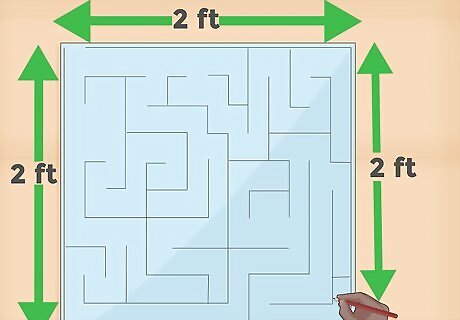
Make your maze bigger so that it fits your hamster. You can either enlarge it simply by drawing it bigger, or you can use a photocopier. Aim for something that is 2 feet by 2 feet (centimeters). You can either draw directly onto the base, or you can draw it on a sheet of paper and then glue the paper to the base.
Building the Maze
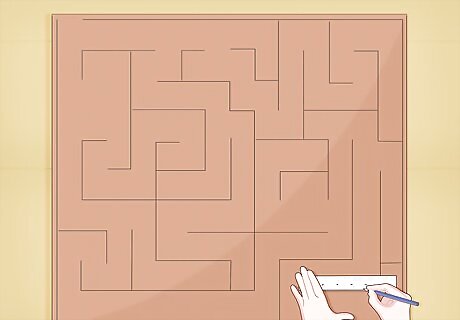
Start drawing a wall on a sheet of cardboard or wood. It will be shaped like a rectangle. The length needs to be the same as one of the straight lines in your maze. The height should be twice the height of your hamster; this will prevent the hamster from climbing out of the maze. Repeat this process for the other walls. If you do not have enough material to make the walls so high, you can make them the same height as the hamster, but then you will need to cover the entire maze with a sheet of wire mesh so that the hamster doesn't climb out. Consider numbering the walls. Draw a small number on the rectangle you drew, and the same number next to the matching wall in the maze. This will help you remember which wall goes where.
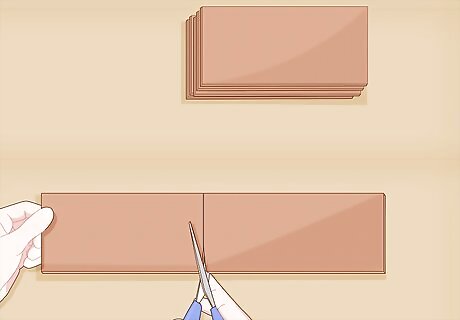
Start cutting the walls out. If you are using cardboard, you can use a box cutter or an Xacto blade. If you are using a wooden board, then you will have to use a saw. Try cutting a few arches into the walls to make smaller doorways for the hamster. This could make it more interesting.
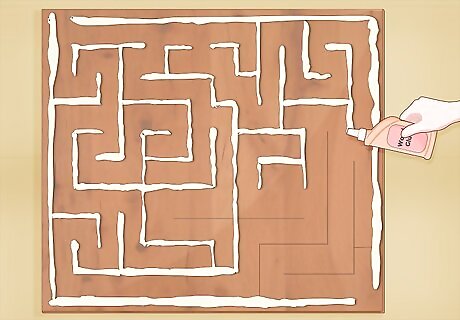
Glue the walls down onto the maze, one at a time. Draw a line of glue along one of the lines of your maze, and place the matching wall down. Wait until the glue hardens, or until the wall can stand up on its own, before moving onto the next. Be sure to add glue into the corners, where the walls join.
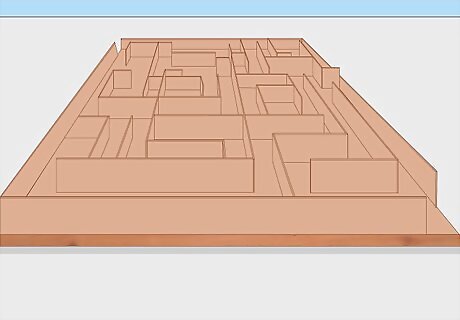
Be sure to leave a path through the maze. Leave the entrance and exit open. You can always block the entrance with a piece of wood or cardboard once the hamster is inside.
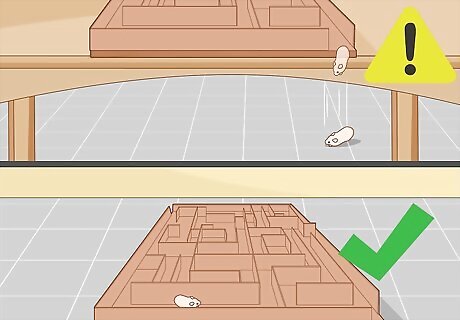
Place the maze down on the floor or into a tub. Do not keep it on a table. If the hamster somehow manages to escape, it may fall off the table and get hurt.
Adding Variations and Treats
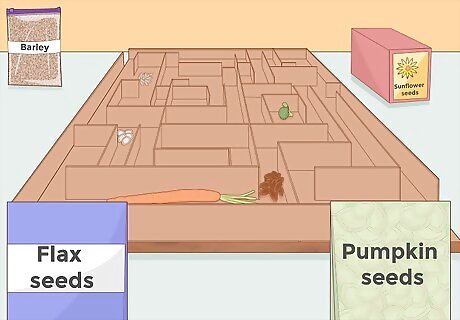
Leave treats in the maze. You can leave a treat for your hamster at the end of the maze, or you can leave a treat at various points in the maze to help guide your hamster along. Not only can the treats be very rewarding for your hamster, but they can also help motivate the hamster to go through the maze. Try any of the following treats: Barley, oats, and quinoa Flaxseed Pumpkin seed, sesame seed, and sunflower seed Vegetables, such as broccoli, carrot, celery, corn, and green beans
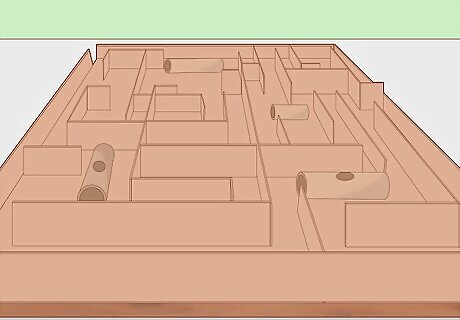
Try building some of the paths out of toilet paper rolls instead. This will create a tunnel for the hamster to crawl through, and make it more like an obstacle course. Make sure that you poke a few small holes into the tube so that the hamster can breathe. To attach a tube to a wall, cut a hole in the wall first, then stick the tube into the hole. Secure the tube with some hot glue.
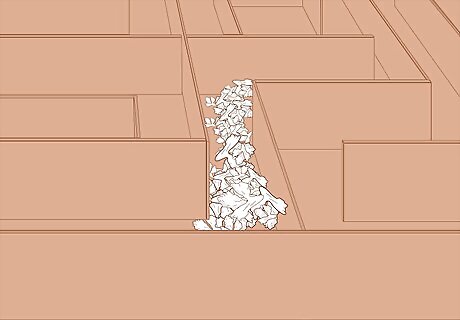
Consider covering the bottom of your maze with a thin layer of its bedding. This will make the maze easier to clean up in case the hamster soils it. The familiar flooring may also help the hamster feel more relaxed and at home. Avoid bedding that is made out of cedar or pine, as this is not safe for hamsters.
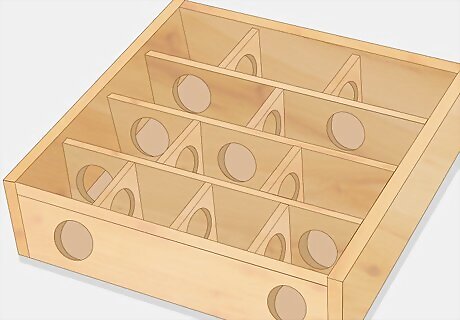
Try building your maze out of wooden blocks. You can also try using plastic bricks, but only if you know that your hamster will not chew on them. Simply arrange the bricks on your base in a maze pattern. If you want the design to be permanent, glue the blocks down using wood glue. If you do not want the maze to be permanent, do not glue them down; the hamster will not be strong enough to move the blocks aside. Make sure that the blocks are twice as tall as your hamster. If you cannot find any blocks are that large enough, try stacking them or covering the entire maze with a wire mesh.
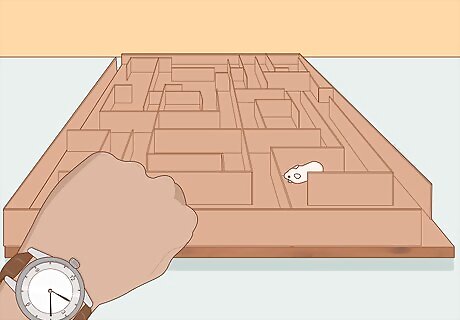
Try timing your hamster each time you let it run through the maze. The hamster will start to remember the maze, and finished it faster each time.
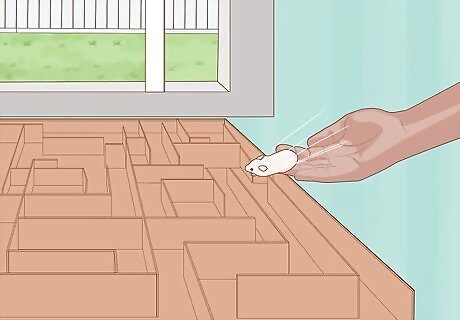
Know when it is a good time to run your hamster through the maze. Because hamsters are nocturnal, you may not get very good or exciting results by putting the hamster into the maze during the daytime. Instead, try putting it in when its eyes appear bright and awake. This would most likely be in the evening, although you may be able to catch a few moments of playtime in the afternoon as well.














Comments
0 comment